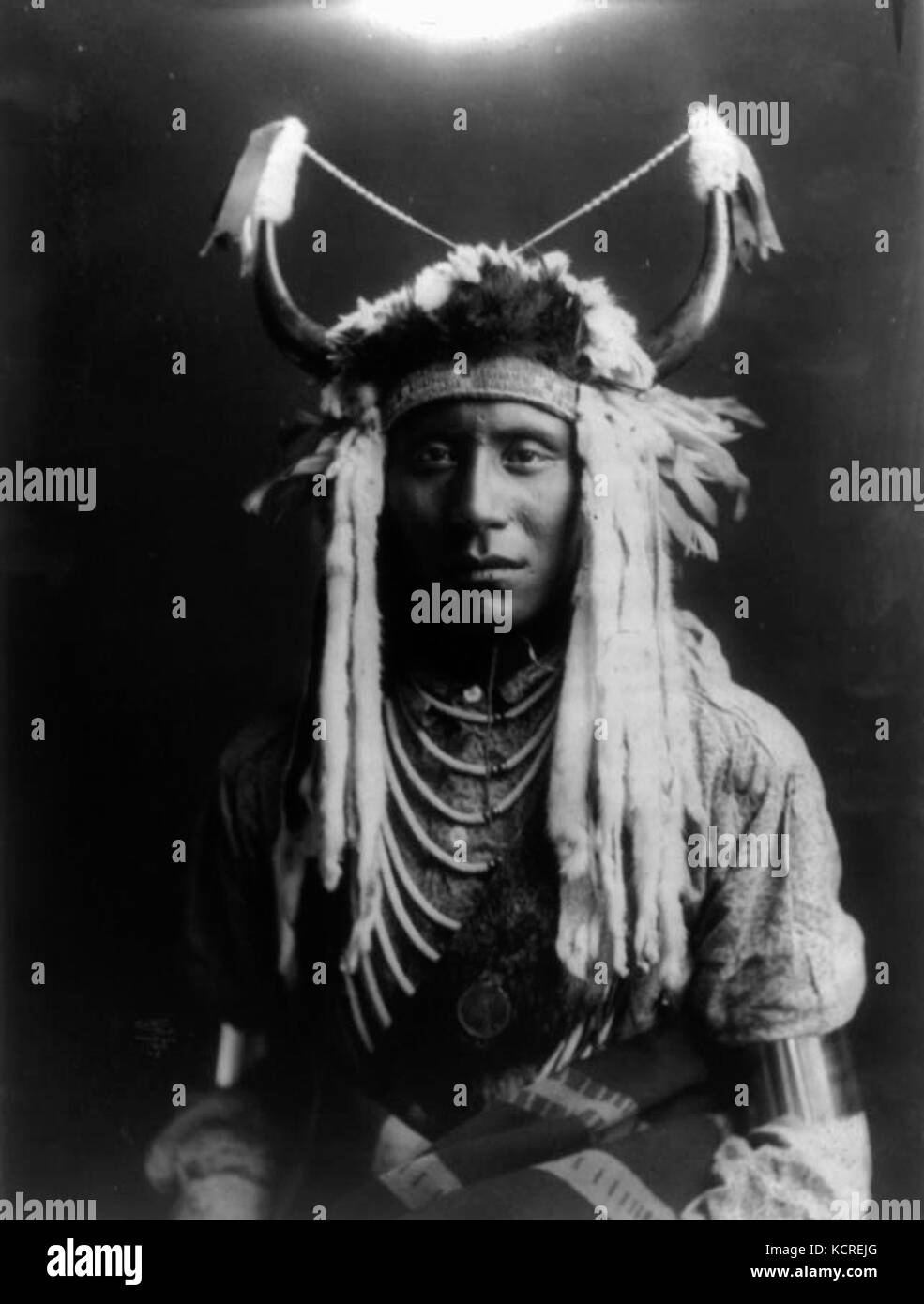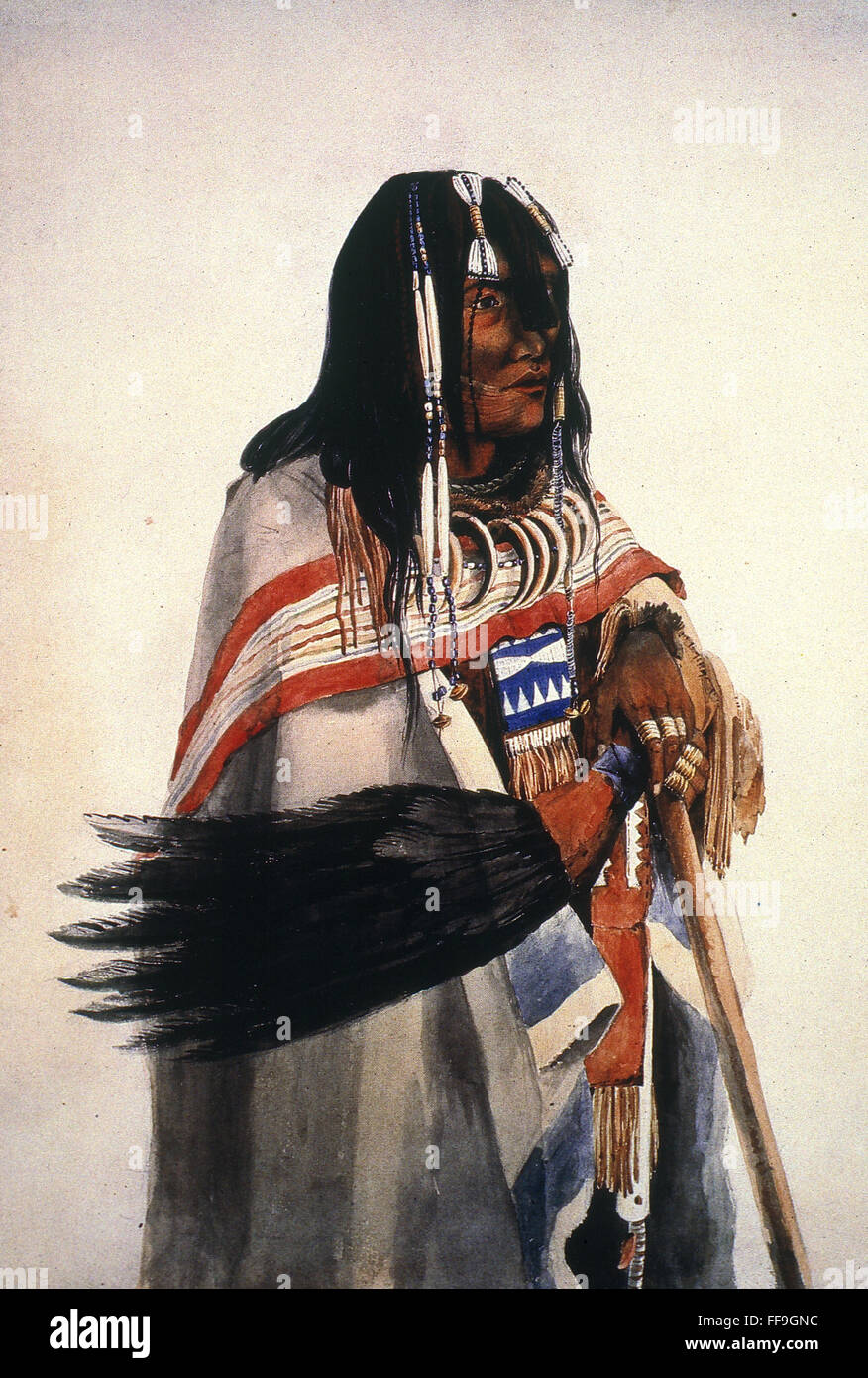
Echoes of the Plains: The Enduring Spirit of the Piegan Blackfoot
The vast, wind-swept plains of Montana and Alberta whisper tales of ancient times, of thundering buffalo herds, of nomadic warriors on horseback, and of a people deeply intertwined with the land. Among these narratives, none resonates with more resilience and spiritual depth than that of the Piegan Blackfoot, known to themselves as the Amskaapipiikani (Southern Piegan) in the United States, and the Apatohsipiikani (Northern Peigan) in Canada. They are one of the four nations that comprise the formidable Blackfoot Confederacy (Niitsitapi), a collective whose history is a tapestry woven with threads of triumph, tragedy, adaptation, and an unwavering commitment to their cultural identity.
To understand the Piegan Blackfoot is to embark on a journey through millennia of sophisticated societal structure, a devastating collision with colonial expansion, and a powerful modern-day resurgence. Their story is not merely a chapter in history books; it is a living testament to the enduring human spirit, a narrative that continues to unfold with each sunrise over their ancestral lands.
The Golden Age: Masters of the Plains

Before the arrival of European settlers dramatically reshaped their world, the Piegan Blackfoot were quintessential Plains Indians, their lives inextricably linked to the American bison, or buffalo (iinii). Their existence was a marvel of efficiency and ecological harmony. Roaming across vast territories stretching from the North Saskatchewan River in Alberta to the Missouri River in Montana, they perfected the art of the communal buffalo hunt, often utilizing sophisticated techniques like buffalo jumps – cliff formations where herds were expertly stampeded to their demise. Head-Smashed-In Buffalo Jump in Alberta, a UNESCO World Heritage site, stands as a powerful monument to this ingenuity.
"The buffalo was our supermarket, our hardware store, our pharmacy, our spiritual guide," an elder once recounted, encapsulating the animal’s profound importance. Every part of the buffalo was utilized: meat for sustenance, hides for tipis, clothing, and blankets, bones for tools, sinew for thread, and even the stomach for cooking vessels. This sustainable relationship fostered a rich culture, characterized by a complex social structure, vibrant spiritual practices, and a deep respect for the natural world.
Their society was organized around bands, led by respected chiefs and warriors, with decisions often made through consensus. Spirituality permeated every aspect of life, revolving around sacred bundles, vision quests, and ceremonies like the Sun Dance (Okan), a central annual ritual of renewal, sacrifice, and community bonding. The Piegan worldview emphasized interconnectedness, with humans seen as just one part of a grander creation. Their language, Siksiká, was a rich vehicle for oral traditions, storytelling, and the transmission of knowledge across generations. The horse, introduced by Europeans, revolutionized their mobility and hunting prowess, solidifying their reputation as fierce and skilled equestrian warriors, further cementing their dominance on the northern plains.
The Collision: A World Upended
The 19th century brought an irreversible shift. The relentless westward expansion of European and American settlers, driven by the fur trade, Manifest Destiny, and the lure of gold, fundamentally altered the Piegan way of life. The first significant blow came not from guns, but from disease. Epidemics, particularly smallpox, for which Indigenous populations had no immunity, swept through the plains with devastating force. The 1837 smallpox epidemic alone is estimated to have wiped out up to 90% of some Blackfoot bands, leaving a gaping wound in their population and social fabric.
Then came the relentless slaughter of the buffalo. Driven by market demands for hides and a deliberate strategy by some to undermine Indigenous resistance, millions of buffalo were annihilated. For the Piegan, this was an existential crisis. Their primary food source, their spiritual anchor, and the foundation of their economy vanished within a few decades. This ecological catastrophe left them vulnerable and dependent.
Further compounding their struggles were the series of treaties, often signed under duress or misunderstanding, which systematically dispossessed them of their ancestral lands. In the United States, the Piegan were confined to the Blackfeet Reservation in Montana, a fraction of their former territory. In Canada, the Northern Peigan signed Treaty 7 in 1877, leading to the creation of the Piikani Nation Reserve in southern Alberta. These reservations and reserves, while intended to provide a land base, were often remote, resource-poor, and designed to facilitate assimilation rather than foster self-sufficiency.
One of the darkest chapters in U.S. history involving the Piegan occurred on January 23, 1870, with the Marias Massacre. In what was intended as a punitive expedition against a band believed to be hostile, U.S. Army soldiers attacked a peaceful camp led by Chief Heavy Runner. Despite Heavy Runner’s attempts to prove his innocence, 173 Piegan, mostly women, children, and elderly men, were killed in a brutal dawn raid. This horrific event serves as a stark reminder of the violence and injustice inflicted upon Indigenous peoples during this period.

The Era of Assimilation and Resistance
The late 19th and early 20th centuries ushered in a concerted effort by both the U.S. and Canadian governments to assimilate Indigenous peoples. Policies were designed to "kill the Indian, save the man," aiming to eradicate Indigenous languages, religions, and cultural practices. Central to this strategy were residential schools in Canada and boarding schools in the United States. Piegan children were forcibly removed from their families, often subjected to harsh discipline, forbidden to speak their language, and taught to abandon their traditions. The trauma inflicted by these institutions, including widespread abuse, continues to ripple through generations today.
"They tried to take our language, our ceremonies, our very spirit," a Blackfeet elder once shared, his voice heavy with memory. "But even in the darkest times, our people held onto something. We whispered our stories, we sang our songs when no one was listening. That’s how we survived."
Despite these systemic pressures, the Piegan Blackfoot demonstrated incredible resilience. While many aspects of their culture were forced underground, they never fully disappeared. Family ties remained strong, traditional knowledge was secretly passed down, and the spirit of the Niitsitapi endured.
Reclaiming Identity: A Resurgent Spirit
The latter half of the 20th century marked a turning point. A growing awareness of historical injustices, coupled with Indigenous-led movements for self-determination and cultural revitalization, began to reverse the tide of assimilation. For the Piegan, this has meant a vibrant resurgence of their culture and a renewed focus on sovereignty.
Today, both the Blackfeet Nation in Montana and the Piikani Nation in Alberta are actively engaged in reclaiming their heritage. Language immersion programs are vital, working to restore Siksiká as a living language for future generations. "Our language is the key to our culture, to our way of thinking and understanding the world," a Blackfeet language teacher emphasized. "Without it, a part of who we are is lost." Traditional ceremonies like the Sun Dance are openly practiced once more, providing spiritual anchors and fostering community bonds. Storytelling, drumming, and traditional arts are experiencing a powerful revival, passed down from elders to youth.
Economically, the nations are striving for self-sufficiency and diversification. The Blackfeet Nation, for instance, manages significant natural resources, operates a successful casino, and invests in tourism and infrastructure projects. They are also leaders in environmental stewardship, working to protect their sacred lands, including the Rocky Mountain Front, a pristine wilderness area that borders Glacier National Park. The Piikani Nation in Canada likewise pursues economic development, balancing resource extraction with environmental protection and cultural preservation.
Politically, both nations assert their inherent sovereignty, engaging with federal and provincial/state governments on a nation-to-nation basis. They are building robust tribal governance structures, developing their own laws, and advocating for the rights and well-being of their people. This includes addressing the ongoing impacts of historical trauma, improving access to healthcare, education, and economic opportunities for their members.
Challenges and Triumphs Today
The journey is far from over. Contemporary Piegan communities face a myriad of challenges rooted in their historical experiences: intergenerational trauma, poverty, substance abuse, and health disparities. Youth often navigate the complexities of balancing traditional values with the demands of modern society.
Yet, the triumphs are equally significant. Piegan artists, writers, musicians, and scholars are gaining national and international recognition, sharing their unique perspectives and contributing to a broader understanding of Indigenous cultures. Educational attainment is rising, with many young Piegan pursuing higher education and returning to serve their communities. Their political voices are stronger than ever, advocating for justice, environmental protection, and the recognition of treaty rights.
The Piegan Blackfoot story is one of profound adaptation, an unbroken chain of memory and identity stretching from the ice age to the digital age. From their ancient role as masters of the plains to their current position as sovereign nations building a sustainable future, they embody the spirit of their ancestors. They are not merely survivors of history’s harsh currents; they are navigators, charting a course for future generations, ensuring that the whispers of the wind over Montana and Alberta will always carry the enduring echoes of the Amskaapipiikani and Apatohsipiikani – strong, resilient, and forever connected to their land. Their story is a powerful reminder that true strength lies not in conquest, but in the unwavering preservation of culture, spirit, and community.


